Showing 31–39 of 39 results
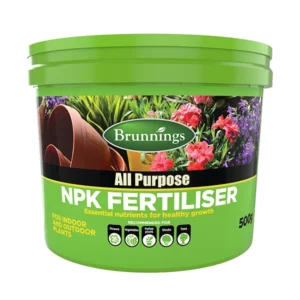
Select options
This product has multiple variants. The options may be chosen on the product page
Brunnings All Purpose NPK Fertiliser
1 reviews $7.99One of the primary benefits of slow-release fertilizers is their efficiency. Unlike traditional fertilizers that can lead to nutrient runoff and leaching, slow-release fertilizers minimize these concerns. The controlled nutrient release aligns with the plant's growth cycle, ensuring that essential elements are available when needed. This not only maximizes nutrient absorption by the plants but also reduces the risk of environmental pollution.
Another advantage is the reduction of nutrient imbalances. Traditional fertilizers can sometimes result in rapid nutrient uptake by plants, leading to imbalances that hinder growth or increase susceptibility to diseases. Slow-release fertilizers deliver nutrients in a controlled manner, minimizing the risk of nutrient spikes and imbalances.
Environmentally, slow-release fertilizers are a responsible choice. By reducing nutrient runoff and leaching, they help preserve water quality and minimize the impact on nearby ecosystems.
- Efficient Nutrient Delivery: Nutrients are released gradually, ensuring plants receive what they need when they need it.
- Reduced Nutrient Loss: Minimizes runoff and leaching, preventing environmental pollution and conserving resources.
- Less Frequent Application: Fewer applications needed due to prolonged nutrient release, saving time and effort.
- Balanced Nutrient Uptake: Decreases the risk of nutrient imbalances and toxicities in plants.
- Improved Root Growth: Encourages strong root development, enhancing plant stability and nutrient absorption.
- Consistent Growth: Promotes steady and even growth throughout the plant's life cycle.
- Environmental Responsibility: Lower risk of contaminating water bodies, contributing to sustainable agriculture.
- Reduced Labor Costs: Reduced need for frequent application results in cost savings for commercial farming.
- Customized Formulations: Available in various formulations to meet specific crop and soil needs.
- Long-Term Benefits: Creates resilient plants with enhanced disease resistance and overall health.
Frequently Asked Questions:
- Is Slow-Release Fertilizer Better? The efficacy of slow-release fertilizer compared to traditional quick-release fertilizers depends on your specific gardening needs and objectives. Slow-release fertilizers are generally better for providing a consistent and prolonged nutrient supply to plants. They minimize the risk of nutrient runoff, are more environmentally friendly, and require fewer applications. However, if you need a quick nutrient boost for your plants, then a quick-release fertilizer might be more appropriate.
- Which Fertilizer is Slow Release? Slow-release fertilizers usually contain nutrients encapsulated in a resin coating or come in a natural organic form that breaks down slowly over time. Brands often specify on the packaging that the product is a "Slow Release Fertilizer." Look for active ingredients like coated urea or natural organic substances like bone meal or cottonseed meal, which release nutrients slowly.
- How Long Does Slow-Release Fertilizer Take to Release?The nutrient release period for slow-release fertilizers can vary depending on the brand and formulation. Generally, they can last anywhere from 2 to 6 months. Always check the packaging for specific guidelines related to the product you choose.
- Can You Over Fertilize with Slow Release? While slow-release fertilizers are designed to minimize the risks associated with over-fertilization, such as nutrient runoff and plant burn, it's still possible to over-fertilize if you apply too much of the product or reapply too soon. Always follow the manufacturer’s guidelines on application rates and timing to ensure the best results and to minimize risks.





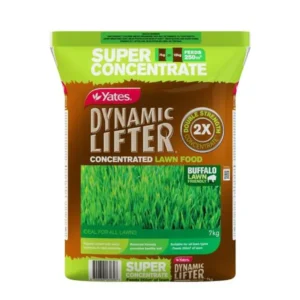
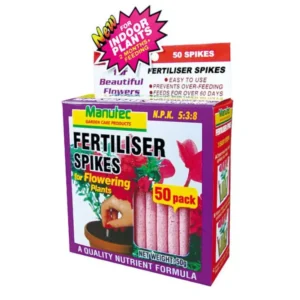
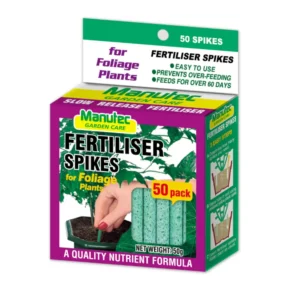
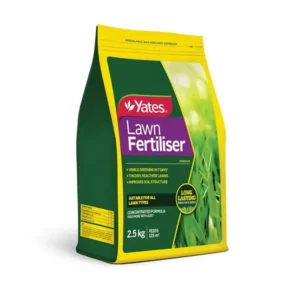
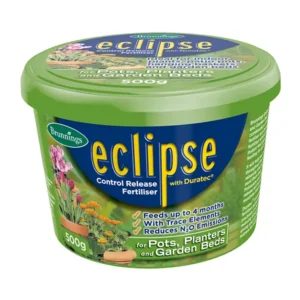

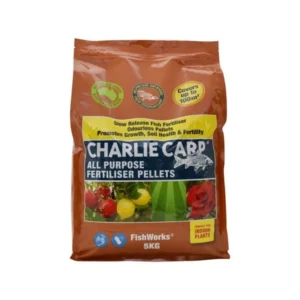
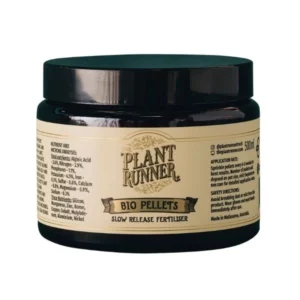
 Mosquito Traps
Mosquito Traps